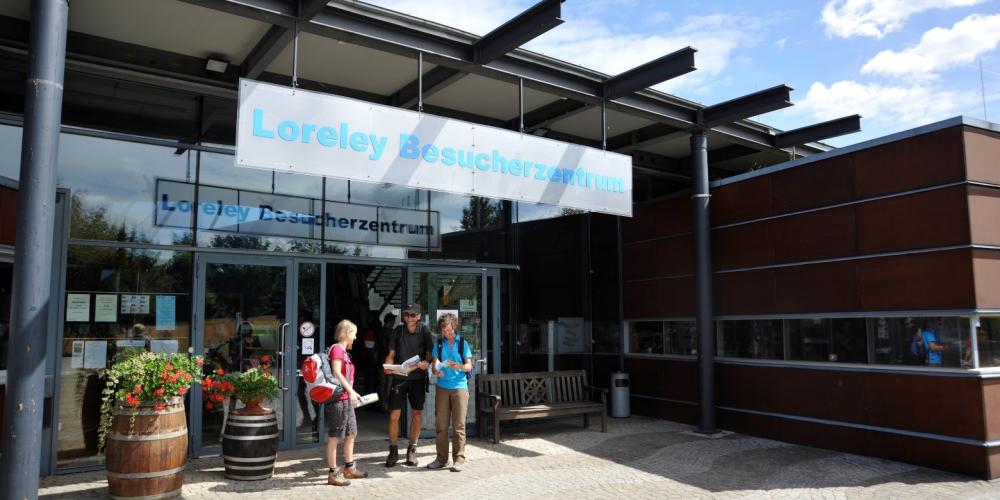Loreley and Loreley Visitor Centre

The name Loreley first appeared in the romantic ballad by Clemens Brentano in 1801. At that point, she was not yet a witch but a pretty woman disappointed by love, and bore the name Lore Ley, from the village of Bacharach. Spurned by her lover, she wanted to die. Men were fascinated by her beauty, and even the bishop could not ignore her grace and charm. He sent her into a convent, but the journey was interrupted by the cliff.
She wanted to look once again at her beloved castle and her lover, but believed that she saw him fleeing. In desperation and despair, she jumped into the river. Brentano wrote several variations on the same theme and in his Rhine myths and fairy tales. Loreley appeard as the sad Frau Lurley, sitting on a cliff and combing her long, blond hair.
The fact that Loreley is so well known today has less to do with Brentano than the German author Heinrich Heine and his story “I Don’t Know What it Meaneth” from 1813. The ballad was put to music by Friedrich Silcher and became the most famous song of the Rhine.
Loreley and Loreley Visitor Centre
From March to October:
daily from 10:00 to 17:00

